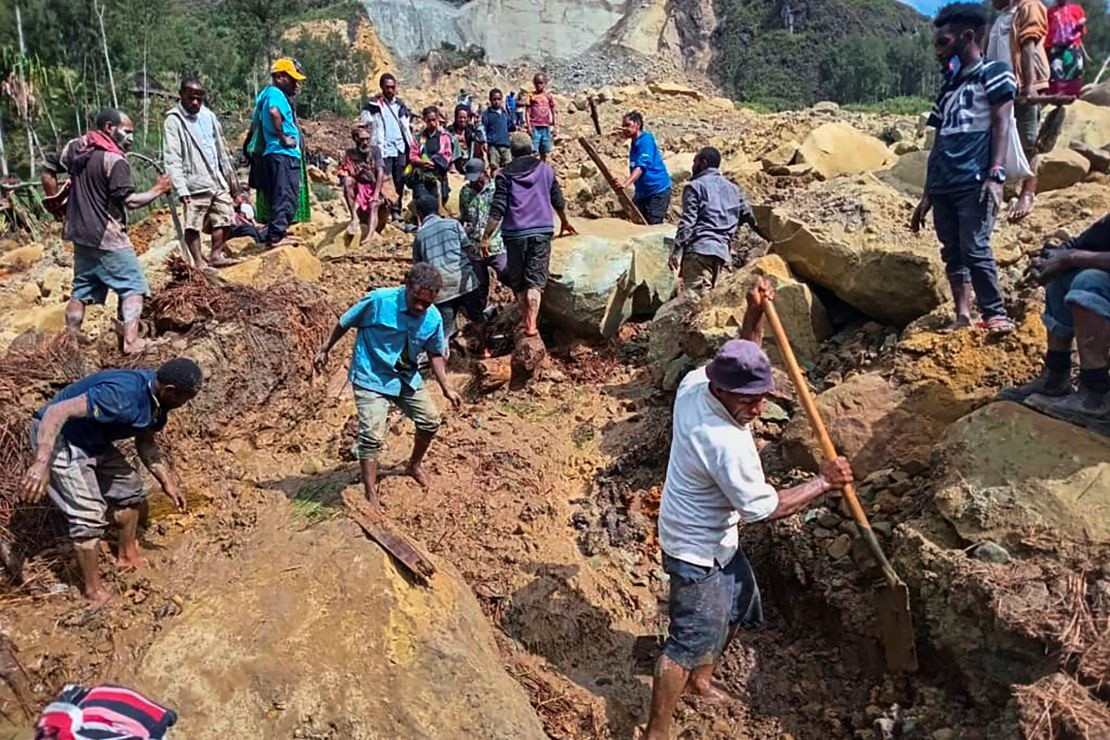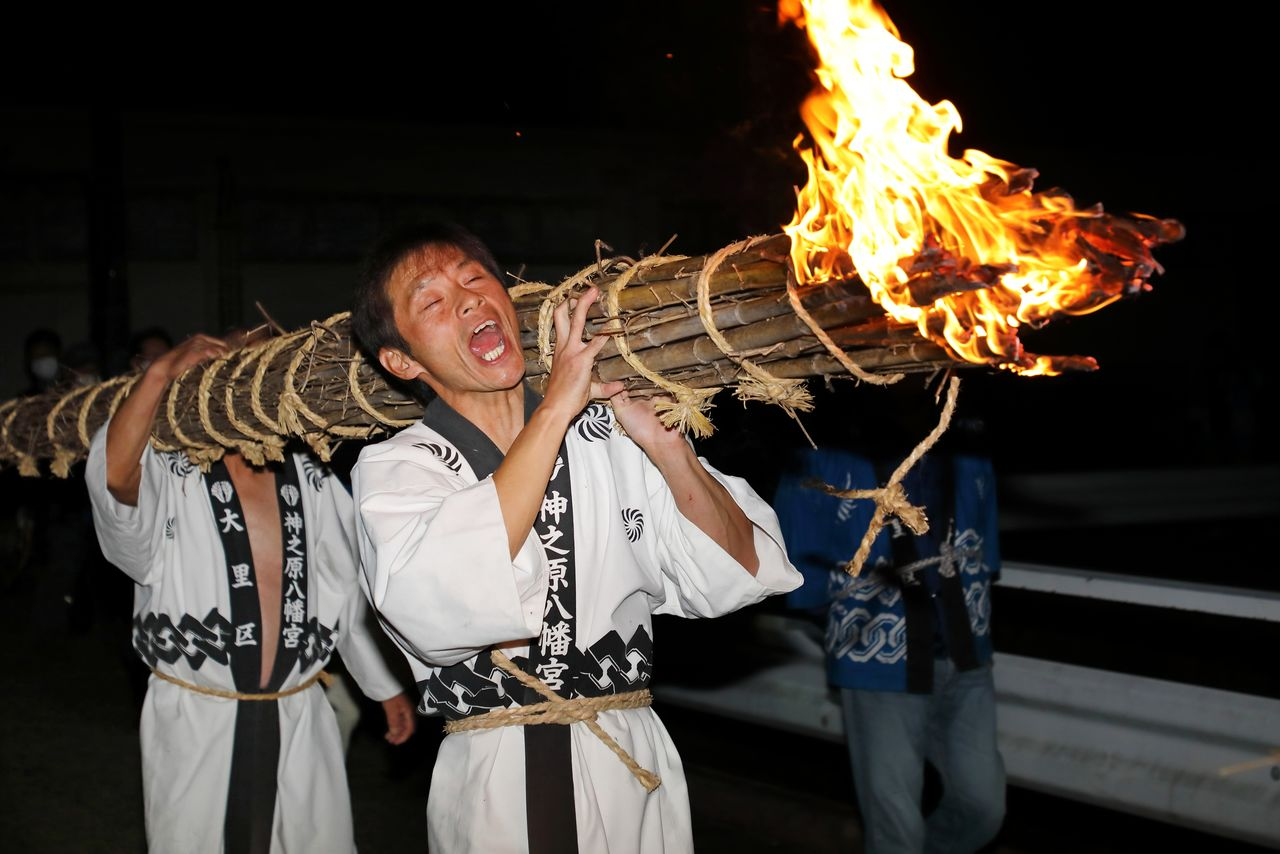
Around 3 a.m. local time on Friday, the remote village of Kokaram, located approximately 600 kilometers (372 miles) northwest of the capital, Port Moresby, was struck by a severe landslide, leaving a vast area in ruins. Humanitarian workers estimate that the area of destruction is equivalent to four football fields.
On Sunday, local officials reported that more than 150 houses in the nearby village of Yangbali were buried under the landslide debris. The area remains in a state of “extreme danger” due to continuous rock falls and increasing pressure on the ground soil.
According to the Papua New Guinea National Disaster Center, the landslide is feared to have buried up to 2,000 people. Survivors recounted terrifying experiences of losing numerous loved ones. The latest number of missing individuals in the landslide, which occurred in the mountainous Enga region of northern Papua New Guinea on Friday, has significantly risen compared to earlier estimates.
During the disaster, many residents were asleep when tons of rocks and soil suddenly crashed down on their houses, causing widespread panic. Due to the remoteness and poverty of the area, rescue teams had difficulty reaching the scene, and residents had to use whatever tools they had at hand to dig through the collapsed slopes, searching for survivors.
Among the victims was Evette Kambu, who lost over a dozen family members in the disaster. She told reporters, “18 of my family members are buried under the ruins and debris. There are countless other family members in the village. I’m the landowner here, but I can’t recover the bodies, so I can only stand here helplessly.”
Local community leader Miok Michael told reporters that there are likely few survivors. “People are gathering to mourn,” he said. “They have been digging since the first day, but they can’t find the bodies because they are covered by huge rocks. Only machines can find them.”
After the disaster, the United Nations initially predicted that the death toll could reach 100. However, according to estimates from the International Organization for Migration (IOM) representative in Papua New Guinea, this figure was later significantly increased to 670. Yet, according to the latest projections from Papua New Guinea’s disaster agency, this number may still be severely underestimated.
In a letter to the United Nations, the acting director of the National Disaster Center, Lucette Lasso Mana, stated, “The landslide has buried more than 2,000 people alive, causing severe damage to buildings and gardens, and having a significant impact on the country’s economic lifeline.” She added, “As the landslide continues to move slowly, the situation remains unstable, posing ongoing dangers to rescue teams and survivors.” The main road leading to the affected area has also been completely blocked by the landslide, further complicating rescue efforts.
Serhan Aktoprak, from the UN’s International Organization for Migration (IOM), told reporters that local teams are “using digging bars, shovels, pitchforks, and their bare hands to salvage whatever they can.” The international community is closely monitoring the progress of the disaster and providing necessary assistance and support.




